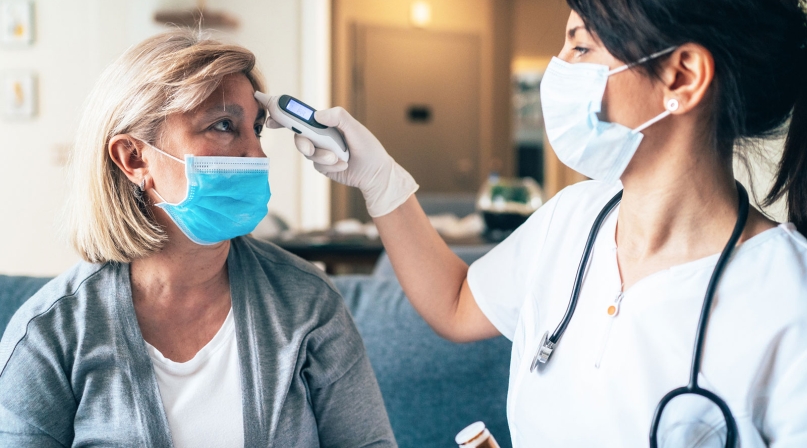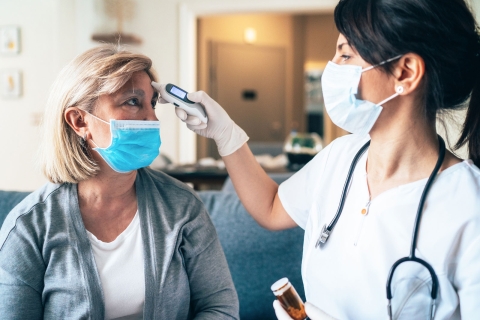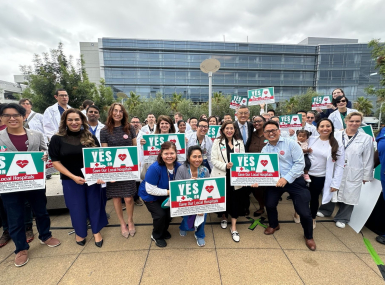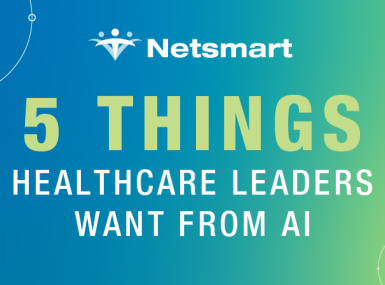HHS to allocate COVID-19 funds to hospitals in hard-hit areas
Author

Blaire Bryant
Upcoming Events
Related News

Key Takeaways
On May 1, the Trump Administration announced that the U.S. Department of Health and Human Services (HHS) would distribute a combined $12 billion in funding to hospitals in areas hit hard by the COVID-19 pandemic. Of the $12 billion total, HHS is expected to disburse $10 billion in funding to 395 hospitals across the country that provided inpatient care for 100 or more COVID-19 patients through April 10, 2020. The agency will distribute an additional $2 billion to these hospitals serving a disproportionate share of low-income and uninsured patients. Funding will also target rural hospitals and Community Health Centers (CHC) located in rural areas.
The $12 billion in new funding comes from the Provider Relief Fund, a $100 billion fund authorized under the Coronavirus Aid, Relief and Economic Security (CARES) Act (P.L. 116-136). This fund supports hospitals and health care facilities by supplying added resources for healthcare related expenses or lost revenue attributable to COVID-19, and ensures that uninsured Americans have access to testing and treatment during the coronavirus pandemic. The new resources for disproportionate share hospitals, known as DSH, represent a key county health priority, as many DSH hospitals are owned and operated by counties. The funding breakdown for states and counties can be found at this link.
In addition to the DSH provisions included under the CARES Act, at the end of April, Congress approved the addition of $75 billion for hospitals and health care providers as part of the Paycheck Protection Program and Health Care Enhancement Act (H.R. 266). HHS is currently working to distribute the original $100 billion to eligible providers, of which $10 billion is expected to go direct to Medicaid providers. Also, under the CARES Act, Congress moved to delay $4 billion in scheduled cuts to DSH payments to help hospitals – including many county-owned hospitals – continue providing high-quality care to all patients.
For additional NACo health policy resources on COVID-19, please see the following links:
- U.S. Senate passes $484 billion coronavirus relief package (NACo blog)
- NACo Analysis of the Third COVID-19 Supplemental Package: The CARES Act (NACo legislative analysis)
- HHS Begins Distribution of Payments to Hospitals with High COVID-19 Admissions, Rural Providers (HHS press release)

Attachments
Related News

CMS issues new guidance on Medicaid Community Engagement Requirements
On December 8, the Centers for Medicare & Medicaid Services (CMS) released a Medicaid and CHIP Services Informational Bulletin (CIB) directing states on how to implement the Medicaid community engagement requirements enacted under Section 71119 of the One Big Beautiful Bill Act legislation (Public Law 119-21), or H.R. 1.

California county sales tax measure backfills federal healthcare cuts
Santa Clara County, Calif. will raise an estimated $330 million each year from a sales tax to backfill lose Medicaid funding.
